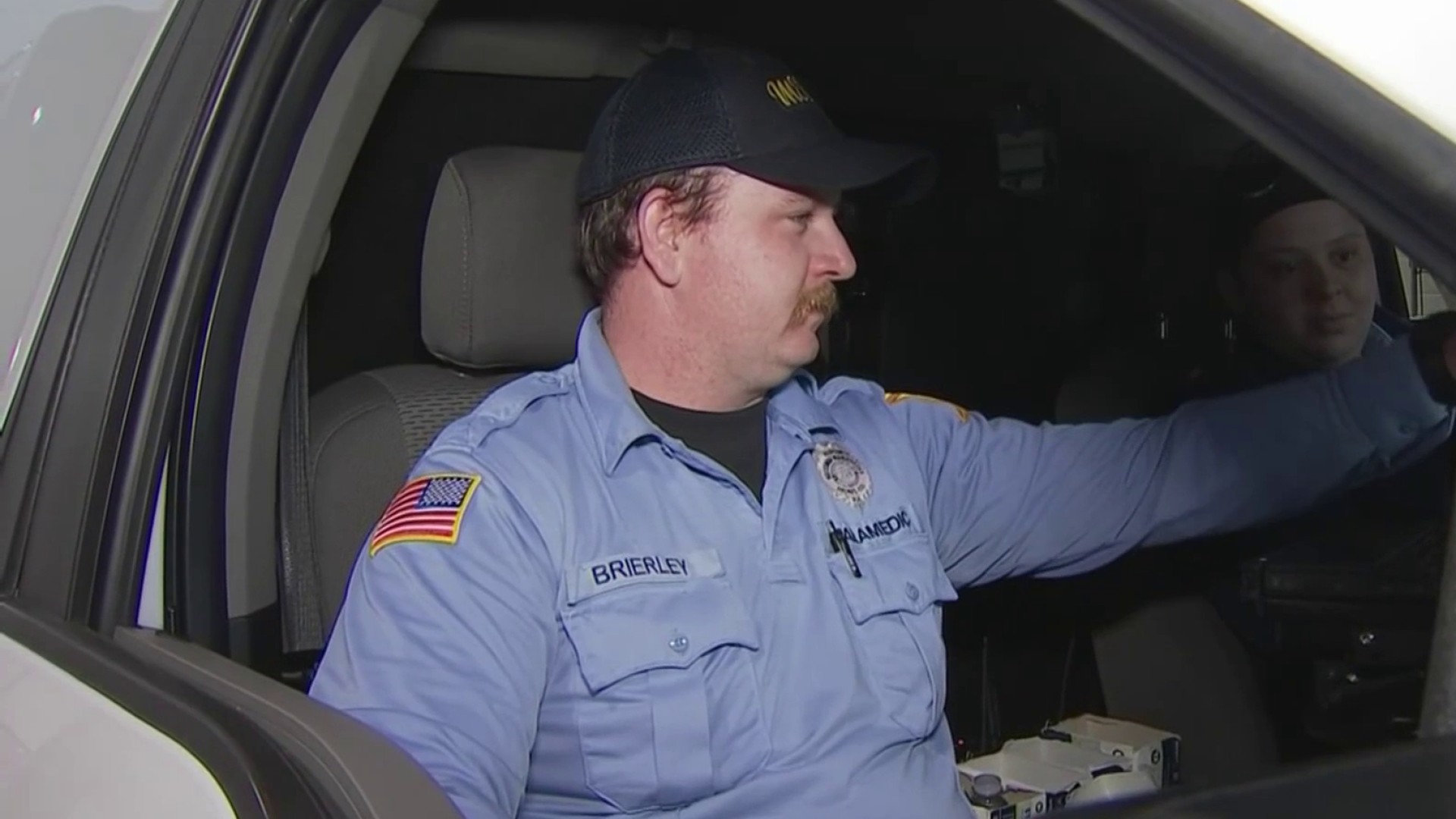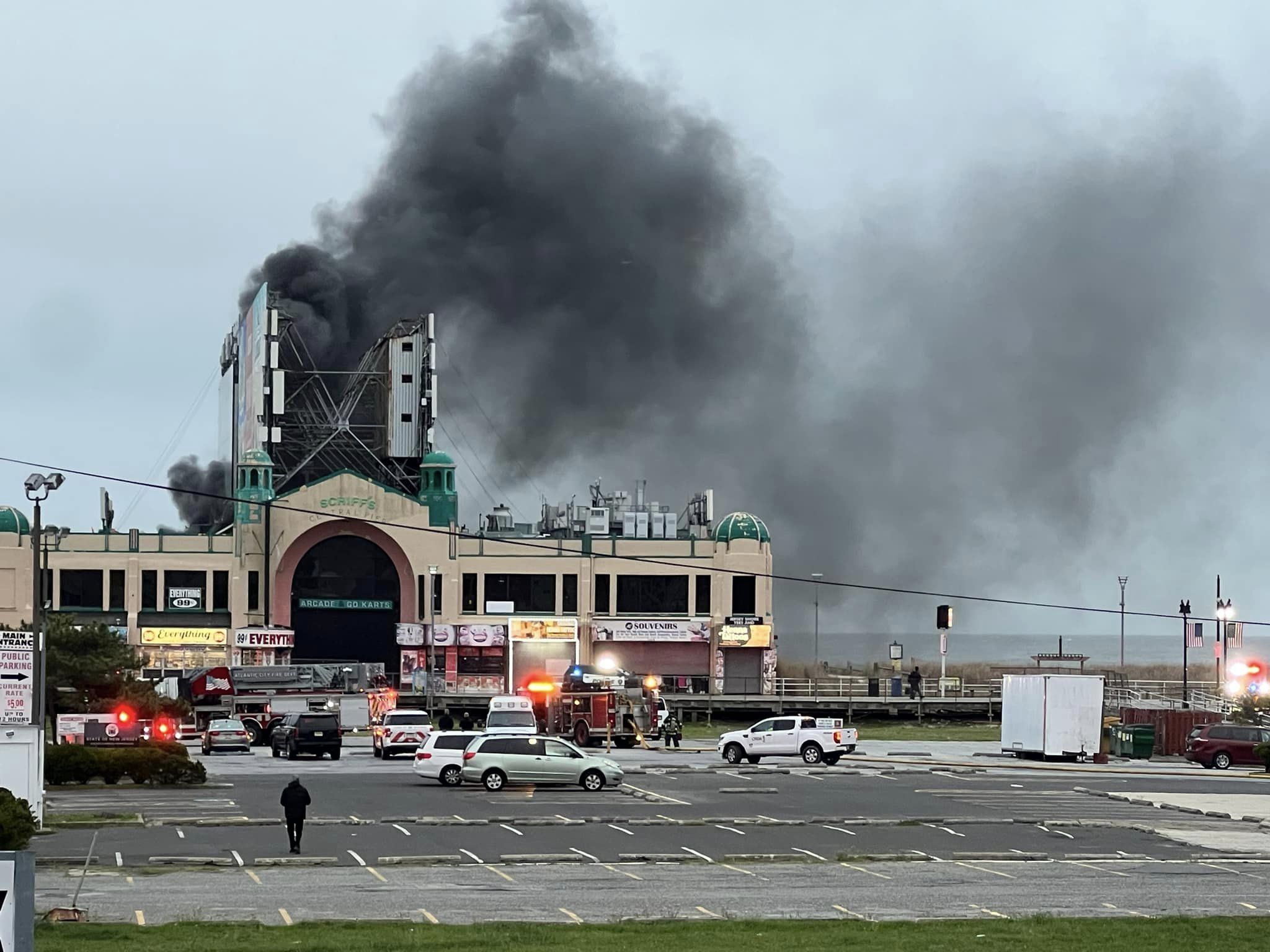Could cockpit design offer insights into creating more efficient intensive care units in hospitals?
A Philadelphia engineering and innovations firm is proposing an aviation-inspired ICU makeover.
Intensive care units are noisy and chaotic places. Gravely ill patients, hooked to several beeping machines. Alarms going off constantly.
Keith Karn, a researcher at Bressler Group who previously worked in aviation, said ICUs remind him a lot of how cockpits used to be.
"A lot of equipment scattered that doesn't talk to each other, all competing for the attention of the users, in this case nurses and physicians' attention, with a lot of different information," he explained.
The aviation industry was able to streamline the flow of information in cockpits, Karn said, and he believes that hospitals could learn lessons from that process. He's studied information flow in the ICU setting and has written about his findings and analyses.
"The big challenge is to get these systems talking to each other and integrating that information in a way that makes the decision makers' work easier," he said.
Local
Breaking news and the stories that matter to your neighborhood.
That prospect sounds good to Dr. Bob Wachter, who studies the impact of technology on medicine. Wachter, professor and chairman of the department of medicine at the University of California at San Francisco, agrees that intensive care units are absolutely overwhelming.
"It's an incredible assault on the senses, and for a mere human being trying to keep track of it, it's extraordinarily difficult," he said.
Medicine could take clues from the aviation field, Wachter said. In fact, he spent time at Boeing while researching his book, "The Digital Doctor." But he cautioned that it will be more complicated than cockpit redesign, because, in an ICU setting, every user has different needs.
"In my world, what one particular doctor needs, what the intensive care doctor needs, may be vastly different from what the lung specialist needs, or what the nurse needs," he said. "You'll have something that changes depending on who walks in the room to use the dashboard."
Karn plans to study more ICUs to get a better sense of how a redesigned information system could best work.
sort through civil rights claims made mostly against police officers. City Solicitor Shelley Smith said most suits filed against cops are dismissed. But she argues the 150 or so the city agrees to settle every year are not necessarily indicative of an officer's wrongdoing.
"It simply means that we've made a cost-benefits determination. That settling the case is in the best interest of the taxpayers," Smith said.
At the end of every year, Smith sends a report to Police Commissioner Charles Ramsey highlighting patterns among the suits and recommending policy change. Or, as she put it, "Talk to them about ways to reduce civil liability exposure."
Whether the department follows the recommendations or not is contested.
To be sure, Smith said, in a city with more than 6,500 police officers, some regrettable interactions can't be prevented.
"They're not just running around just engaging in purely random activity. They are out fighting crime," Smith said. "And with fighting crime come encounters with citizens who are armed. And [police] are what stands between citizens and chaos."
Philadelphia fails to learn from mistakes
It's difficult to gauge whether Philadelphia's payouts are measurably higher or lower than similar cities. In short, there are no perfect comparisons.
An analysis by The Wall Street Journal found that New York City paid $601 million over five years, but it has five times as many police officers as Philadelphia. Houston has nearly the same number of sworn cops as Philly and settled $3.2 million worth of police misconduct cases, radically lower than Philadelphia's total, though Texas has strict caps on how much can be recovered through civil litigation.
Still, UCLA law professor Joanna Schwartz said considering any figure in the millions of dollars in settlement payouts as the norm is troubling.
"It's a mistake for a government to say because there's a large number of officers in a jurisdiction, there's no way to prevent harms from occurring," Schwartz said. "There's a lot that can be learned form lawsuit information."
In 2010, Schwartz examined the extent to which police departments gather and analyze information from lawsuits brought against them and whether departments draw policy lessons, or shake up personnel, based on trends that emerge from suits.
"Philadelphia was one of the jurisdictions I found in which there was no effort that I could discern by the police, or the law department, to gather an analyze information from lawsuits for lessons that might reduce the future potential for similar future harms to occur," she said.
That wasn't the case everywhere. In Los Angeles, for instance, two station houses in the city's sheriff's department were the target of most lawsuits. After the city shook up staffing, complaints dropped, according to Schwartz. What's more, the board of supervisors there now mandates that settlements exceeding $20,000 come with a corrective action plan from police officials.
"The volume of lawsuits can be seen as an indication of the strength and health of community-police relations," Schwartz said.
Mary Catherine Roper, deputy legal director at ACLU-PA, said not all suits are equal, noting that some are "quite meritorious," while others are "gold-digging," and it's often hard to tell which is which right away.
"But the real question to me is, 'Why are so many suits being filed? And what is going on that is drawing that kind of attention to our police?'" Roper said. "I'm sure the city would like to say plaintiffs' attorneys run amok. But at some point, that one may not hold up."
What the money can — and cannot — do
One of the largest sums the city has paid in recent years — $2.5 million — was awarded to the family of Jamil Moses, who was fatally shot by police three times after a car chase in 2011. He was in the passenger seat of the stolen vehicle, and police thought he was armed. It turned out that he had a criminal history, but he didn't have a gun on him at the time.
"I was home. I was getting ready to eat dinner. And my girlfriend had called me on the phone. She had indicated that she had just saw ... previews for the 4 o'clock news. And she had saw this car being shot up. At the time, I had no knowledge that it was my son," said Carolyn Moses, recalling the episode.
Moses, a retired corrections officer, learned the heart-wrenching news while she was talking on the phone to her daughter.
"We both were just screaming and hollering. I don't even remember hanging up the phone or anything, all I know is that I just dropped the phone and just started screaming, just started screaming. I just couldn't believe it," she said.
Moses, who said she knows that being a police officer is a tough job, said she thinks the vast majority of cops are decent people, But every time she sees an officer, she said, she's reminded of her son.
"And them shooting that car the way they did. I'm thinking that there was another way that they could've settled that or they could've handled it," she said. "I'll never get over that. Ever. Not ever."
Moses said she hasn't received a cent of the award, since it's tied up in escrow accounts and complicated by a separate legal dispute. But even when it is released, most of it will be given to Jamil Moses' three surviving children, she said.
Attorney Hetznecker said he doesn't anticipate cases like Moses' going away any time soon. He said there is some respite to be gained through suing the city.
"What I can ask for is money," he said, going over what he tells potential clients. "What I can do is put [police] through civil deposition, and you will see them cross-examined and questioned. And maybe that will bring some catharsis to you because they will be called to bear and answer to their misconduct."



